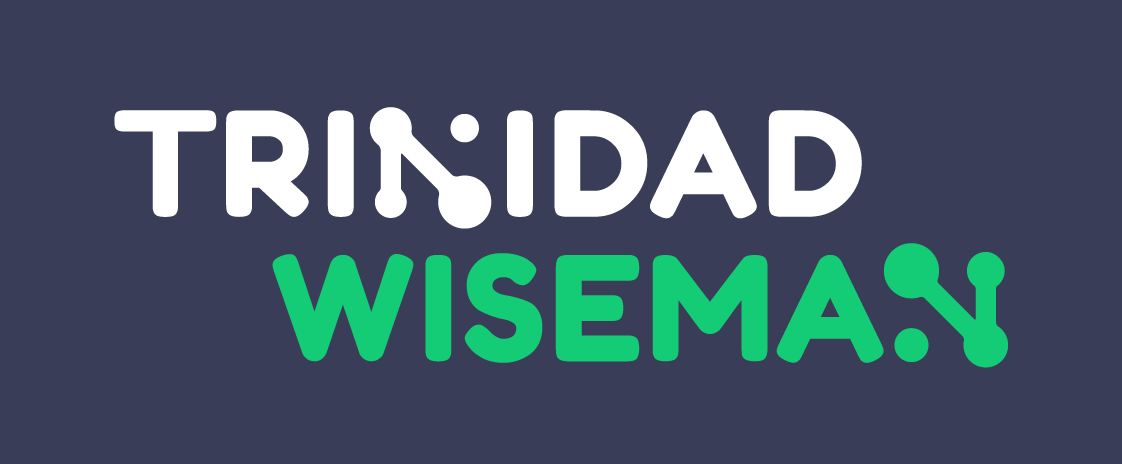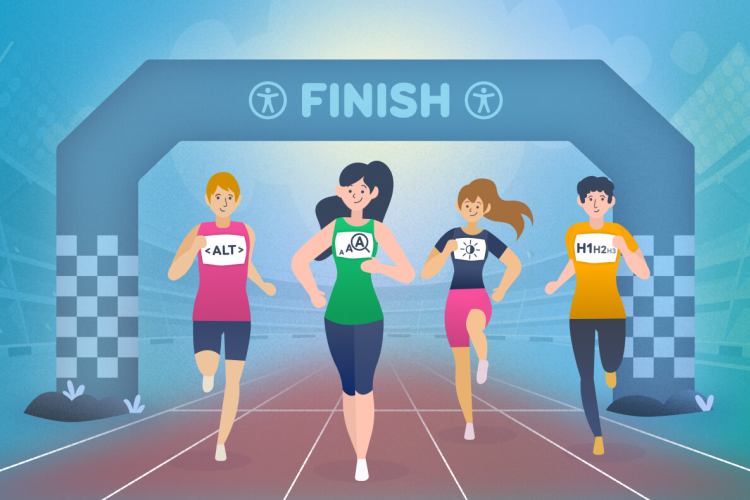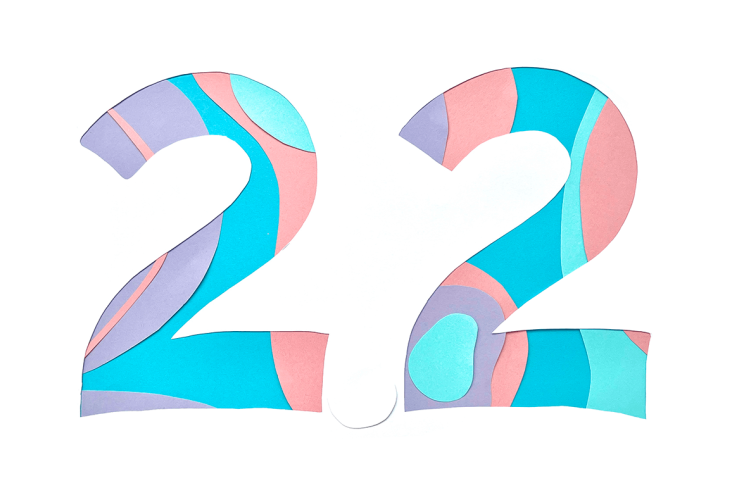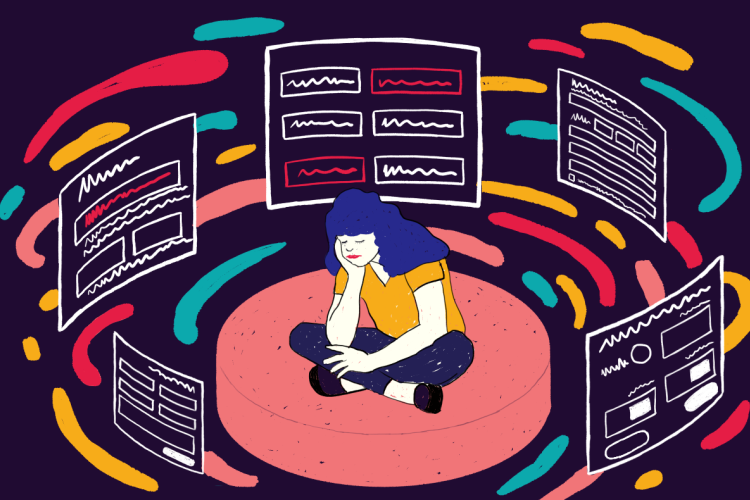How a leading global sports technology company improved its user experience
An accessible website or mobile application is designed to be usable by as many people as possible, regardless of whether they have a disability or not. Improving the accessibility of a website or mobile app is not only important for people with special needs — it benefits all users. Read about how we worked together with a leading global sports technology company to enhance the accessibility of their e-learning platform and mobile applications.






